Results Matching Your Request
-
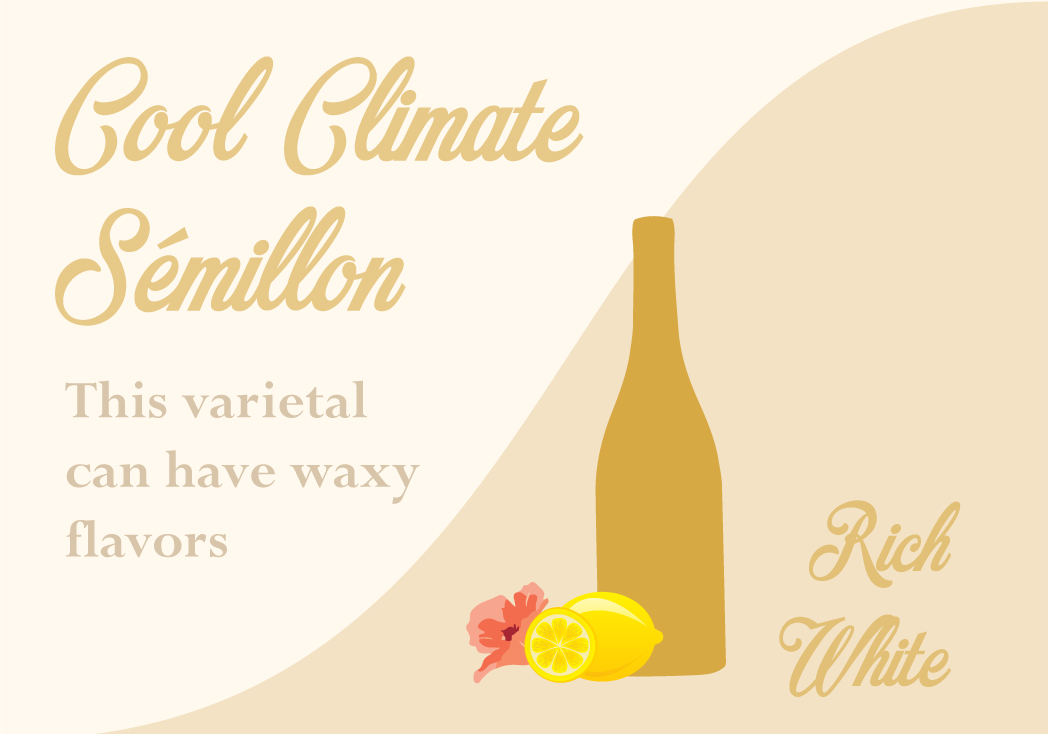 Cool Climate SémillonTasting profile and pairing suggestions for cool climate Sémillon. This varietal can have waxy flavors. Wine notes describe these qualities as lanolin or beeswax.
Cool Climate SémillonTasting profile and pairing suggestions for cool climate Sémillon. This varietal can have waxy flavors. Wine notes describe these qualities as lanolin or beeswax.
White Bordeaux is chiefly associated with Semillion.
Tasting Profile: Medium acidity with crisp citrus fruit with flower aromas. Flavors include lemon, lime zest and grapefruit
Pairing suggestions: Pairs well with shellfish, oysters, fresh crab and clams. Best with seafood salads, sushi and vingeretts. Perfect for Asian cuisine, five spice, cinnamon and star anise.


-
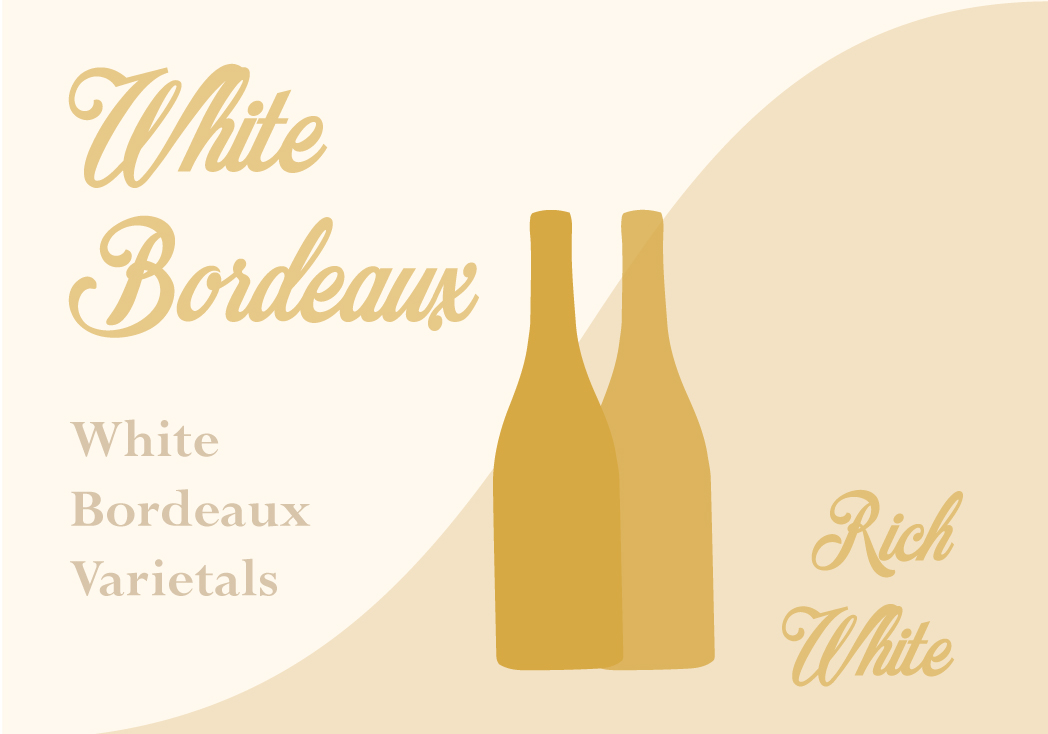 White BordeauxBordeaux is the name given to white wine blends produced in Bordeaux, France. Bordeaux is the name given to white wine blends produced in Bordeaux, France. Bordeaux blends must be produced with Sauvignon blanc, Sémillon, and Muscadelle. These wines must meet specifications and standards set by the appellation d'origine controlee.
White BordeauxBordeaux is the name given to white wine blends produced in Bordeaux, France. Bordeaux is the name given to white wine blends produced in Bordeaux, France. Bordeaux blends must be produced with Sauvignon blanc, Sémillon, and Muscadelle. These wines must meet specifications and standards set by the appellation d'origine controlee.
Occasionally winemakers in France will also use small portions of Colombard, Ugni Blanc, Merlot blanc, Ondenc, Mauzac.


-
 DolcettoTasting profile and pairing suggestions for Dolcetto. Dolcetto is found in the Piedmont region of northwest Italy. The Italian word Dolcetto means "little sweet one."
DolcettoTasting profile and pairing suggestions for Dolcetto. Dolcetto is found in the Piedmont region of northwest Italy. The Italian word Dolcetto means "little sweet one."
Wine made from Dolcetto will drink best 2-3 years after bottling. This varietal is not a good candidate for long term ageing.
Tasting Profile: Medium high tannins, low acidity and bold fruit. Flavors include blackberries, blueberries plums, licorice, black pepper and tea leaves.
Pairs well with Antipasti salads, meat sauces and roasted poultry. Best with cured meats that have strong flavors of garlic and black pepper like salami and. Perfect with pepperoni pizza. Great with game duck and lamb and savory spiced herbed dished.


-
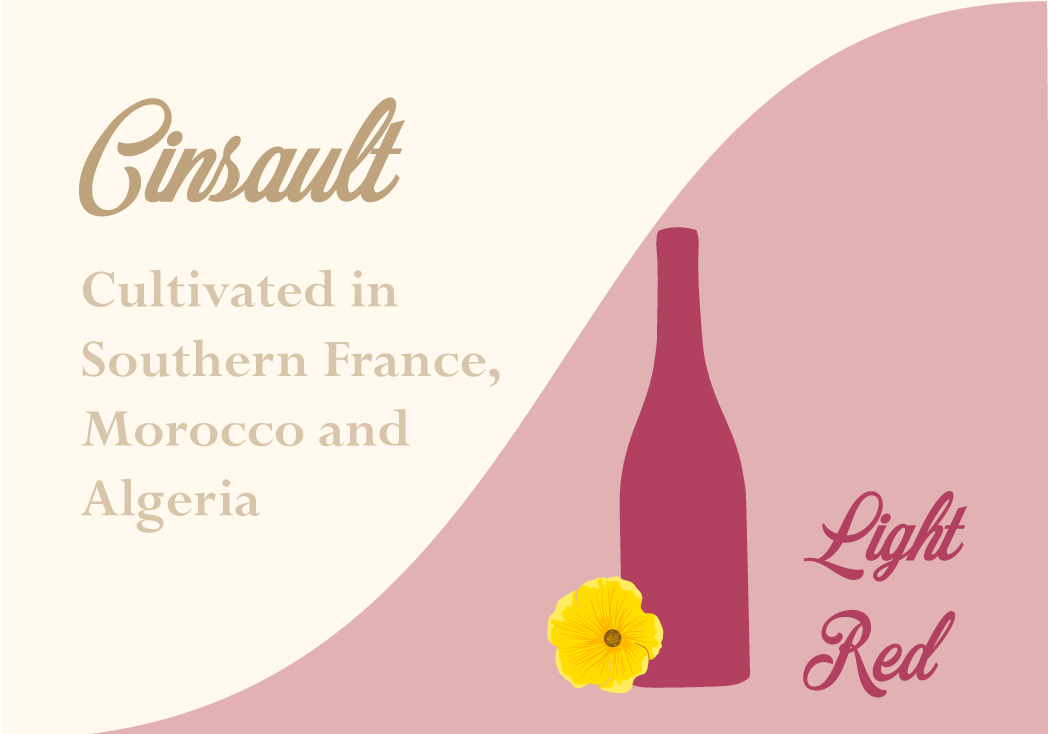 CinsalutTasting profile and pairing suggestions for Cinsalut. This varietal is cultivated in Southern France, Morocco and Algeria. Often blended with Grenache or Carignan to add softness and aroma.
CinsalutTasting profile and pairing suggestions for Cinsalut. This varietal is cultivated in Southern France, Morocco and Algeria. Often blended with Grenache or Carignan to add softness and aroma.
This varietal is commonly used to make Rose because of strong aromatic qualities. Cinsalut aromas can include peach, nectarine, strawberry and raspberry.
Tasting Profile: Medium Acidity low tannin. Flavors include ripe strawberries, dried fruit and dried flowers
Pairs well with lamb, braised meat dishes and Moroccan cuisine. Perfect with smoked salmon filet, grilled vegetables and Gruyere cheese. Best with sea snails in garlic or Escargot.


-
Wine glass components.
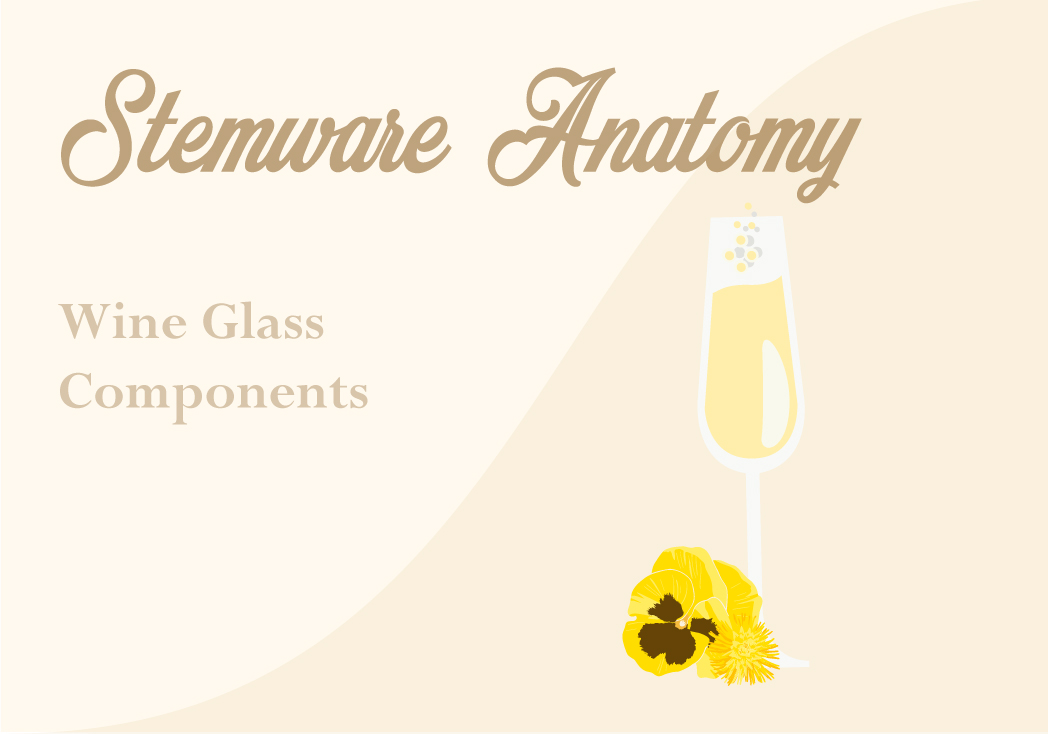 Stemware AnatomyWine glass components. Rim- Thinly cut rims allow wine to exit the glass smoothly. This provides an extra sensory experience for your mouth.
Stemware AnatomyWine glass components. Rim- Thinly cut rims allow wine to exit the glass smoothly. This provides an extra sensory experience for your mouth.
Bowl- Bowl size determines how much wine is exposed to the air. Large surface areas allow ethanol and sulfides to evaporate. Leaving behind aromatic flavorful notes.
Stem- Heat produced by your hands can warm wine unintentionally. Holding a glass by the stem will preserve temperature and keep fingerprints off the bowl. Wine is also a visual experience, fingerprints can be a distraction when you are enjoying the color.
Foot- Allows the glass to remain upright


-
Bowl shape can enhance the taste of wine.
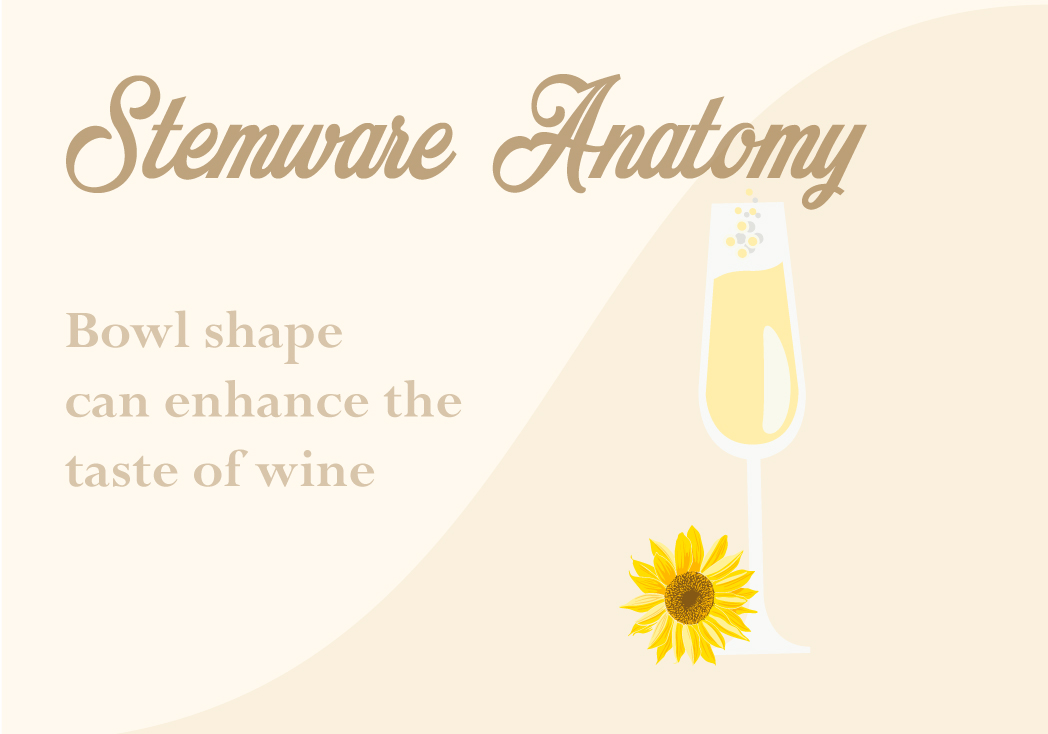 Notes on StemwareGlass shape directs aromas and liquid to the correct place.
Notes on StemwareGlass shape directs aromas and liquid to the correct place.
The U shape of a wine glass directs aromas upward.
Glass shape will also influence the way liquid enters your mouth.
The flavors mentioned in tasting notes are easier to recognize when wine is directed to the correct place.
Most wine glasses are designed to be filled less than half full.


-
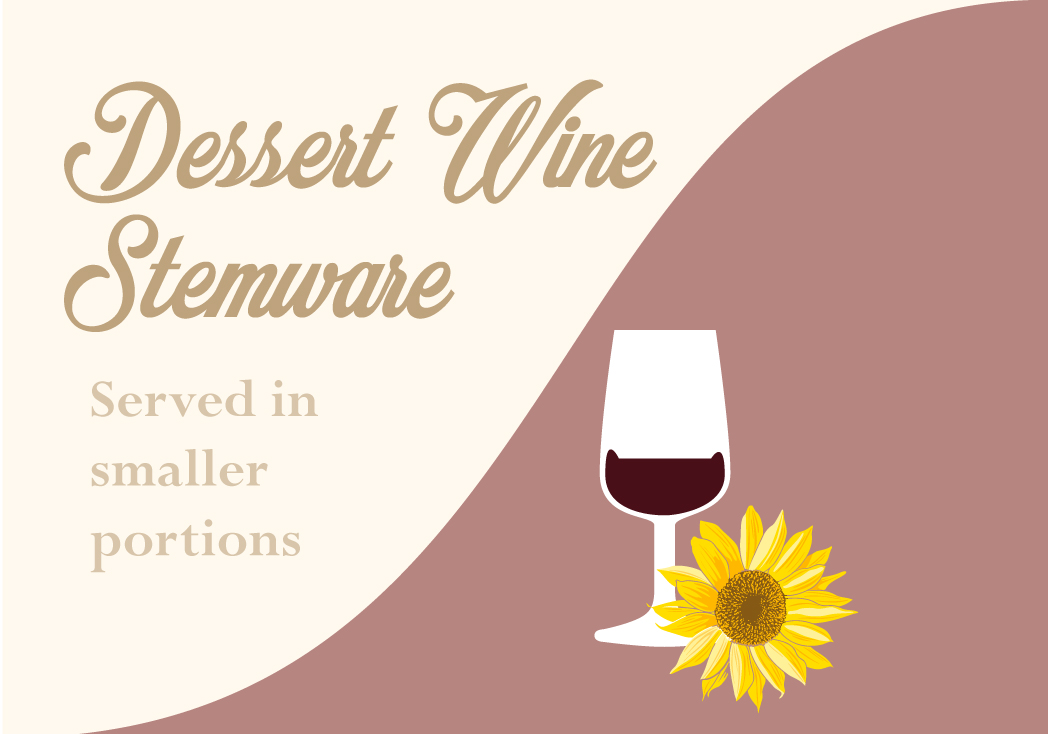 Stemware for Dessert WineStemware suggestions for dessert wines. Bowl size determines how much wine is exposed to the air. Surface areas allow ethanol and sulfides to evaporate.
Stemware for Dessert WineStemware suggestions for dessert wines. Bowl size determines how much wine is exposed to the air. Surface areas allow ethanol and sulfides to evaporate.
Dessert glasses also have “tall” characteristics. Sweet characteristics of port-style wines are softened, when wine is directed to the back of the tongue.
Dessert wines are high in alcohol and served in smaller portions.


-
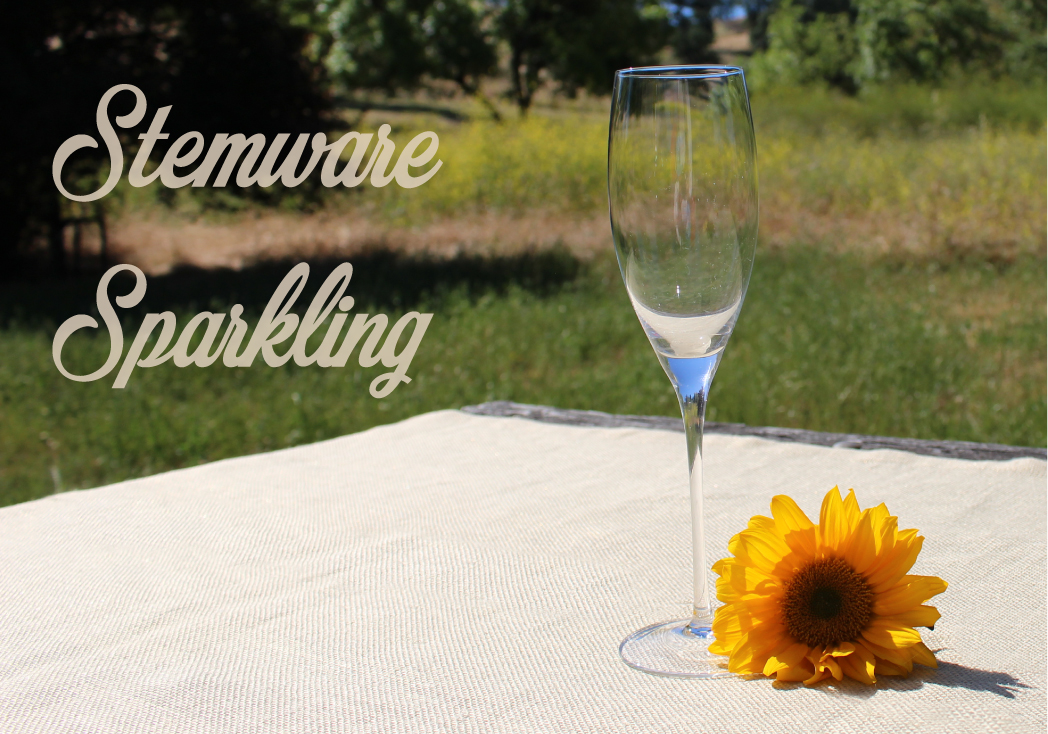 Stemware for Sparkling WineStemware suggestions for Sparkling White Wine. Champagne glasses have a smaller bowl to discourage air exposure and maintain serving temperature. Preventing the beverage from going flat.
Stemware for Sparkling WineStemware suggestions for Sparkling White Wine. Champagne glasses have a smaller bowl to discourage air exposure and maintain serving temperature. Preventing the beverage from going flat.
Glasses also place your nose at the optimal distance to detect floral notes.


-
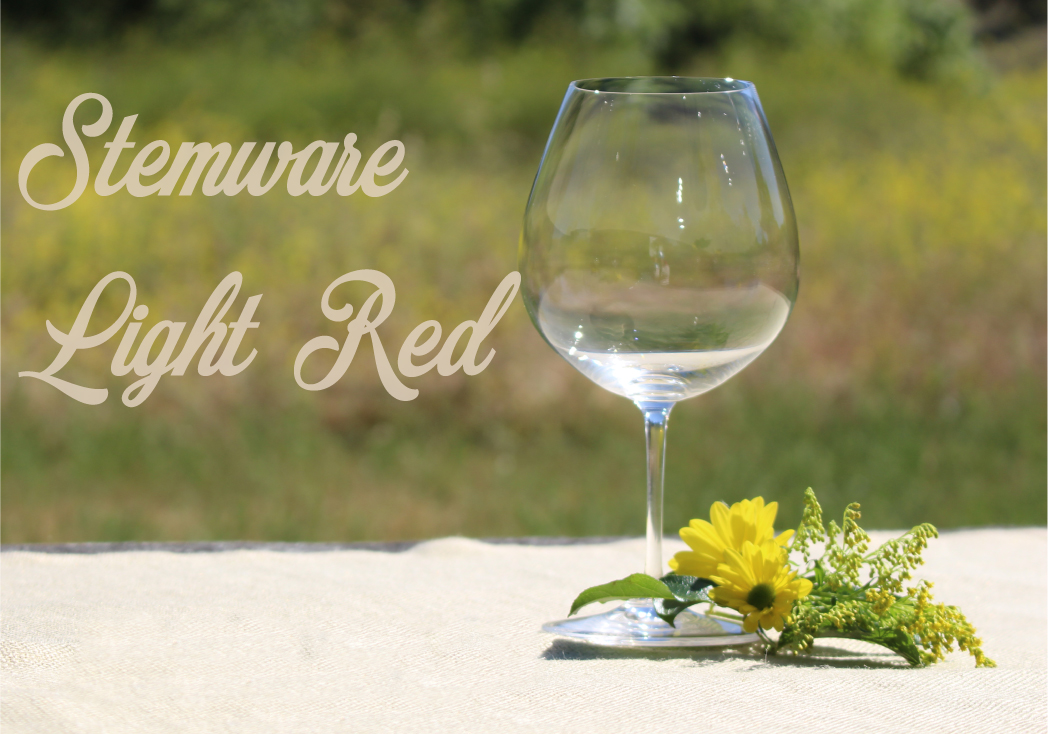 Stemware for Light Red WineStemware suggestions for light red wine. Bowl size determines how much wine is exposed to the air. Exaggerated bowls capture delicate aromas and direct wine to the middle of the tongue.
Stemware for Light Red WineStemware suggestions for light red wine. Bowl size determines how much wine is exposed to the air. Exaggerated bowls capture delicate aromas and direct wine to the middle of the tongue.
Large surface areas allow ethanol and sulfides to evaporate. Leaving behind aromatic flavorful notes found in light bodied red wine.
Glasses also place your nose at the optimal distance to detect these delicate floral notes.


-
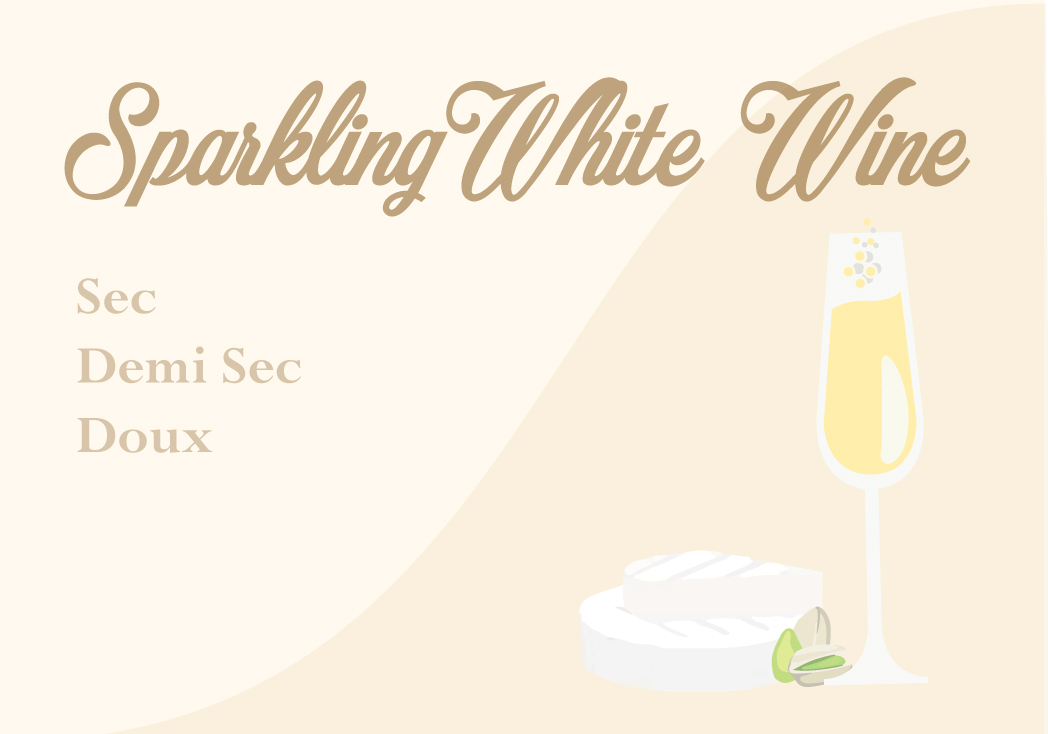 Stemware for White WineStemware suggestions for dry white, rich white and slightly sweet wines. White wines are served in small bowled glasses. These glasses preserve aromas and help to maintain serving temperature.
Stemware for White WineStemware suggestions for dry white, rich white and slightly sweet wines. White wines are served in small bowled glasses. These glasses preserve aromas and help to maintain serving temperature.
White wine glasses also place your nose at the optimal distance to detect floral notes.
Occasionally white wine is served in a large bowled glass with a larger mouth. This technique will emphasize the creamy texture in aged white wine and chardonnay.


